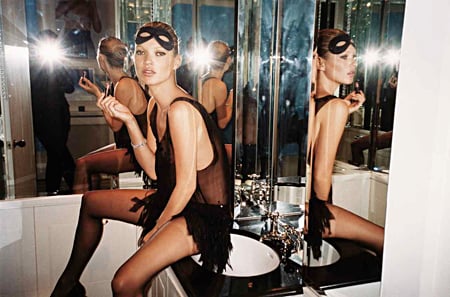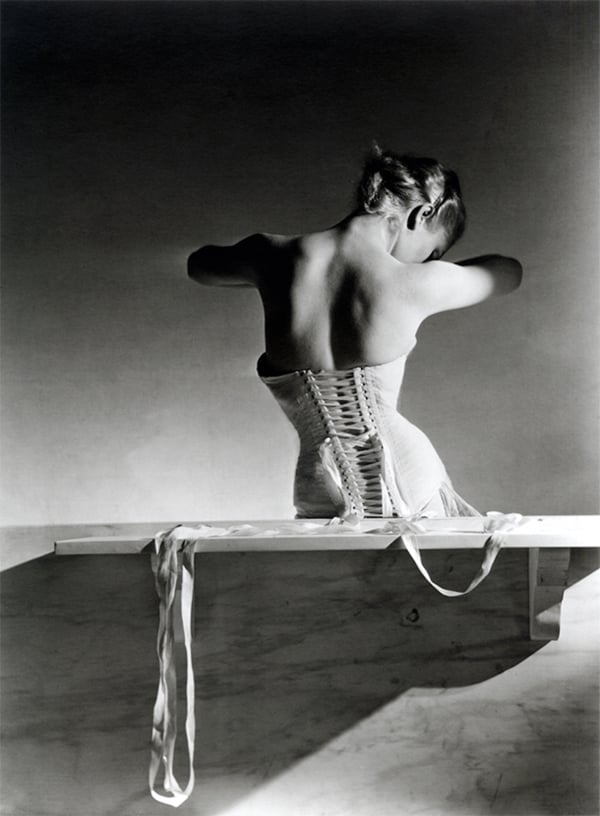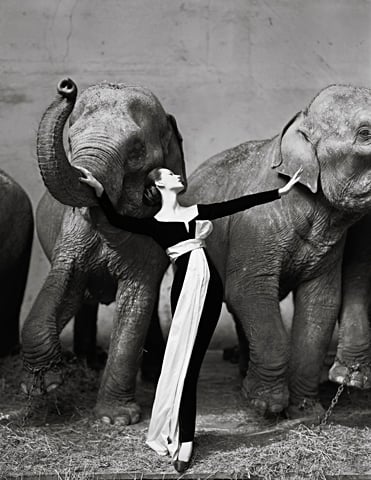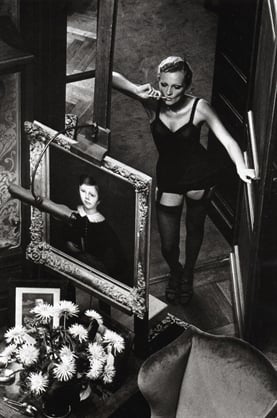Auctions
A Brief History of Fashion Photography
A survey of fashion photography, from the early 20th century to the present day.

A survey of fashion photography, from the early 20th century to the present day.

Caitlin Parker

Though the earliest known fashion photographs date back to the 1850s, in the court of Napoleon III, the use of photography as an advertising tool did not become popular until the early 20th century, when fashion itself became accessible to a wider audience. The first fashion magazines, Harper’s Bazaar and Vogue—both founded in the late 1800s—were initially illustrated by hand. It was not until Condé Nast hired Baron Adolph de Meyer (German, 1868–1946) in 1913 to shoot portraits of models, actresses, and aristocrats for Vogue that photographs began to be used in fashion editorials. The importance of magazines grew in the early 20th century as collaborations with designers increased. Ready-to-wear lines and department stores increased the accessibility of couture fashion, and trends were adopted and disseminated internationally. With the help of photography, rising couturiers in the 1920s and 1930s, such as Chanel, Schiaparelli, Balenciaga, and Lanvin, each became known for their distinctive styles. Paris was the center of the fashion world at this time, and photographers such as Horst P. Horst, Man Ray, Cecil Beaton, Edward Steichen, George Hoyningen-Huene, and Erwin Blumenfeld flocked there.

Horst P. Horst, Mainbocher Corset, 1939, gelatin silver print, sold on artnet Auctions
After the Second World War, fashion underwent dramatic changes, and numerous new designers emerged in the 1950s and 1960s. The fashion model took on new importance as well, as Twiggy, Jean Shrimpton, and others became household names. With these changes, new approaches to photography ensued, and some of the most well-known names in fashion photography made their mark on history. By the mid-1950s, the contrived studio shots and staid elegance of models in earlier decades of fashion photography had given way to a new aesthetic that was more fluid, spontaneous, and energetic. Leading figures in this new generation included Norman Parkinson (British, 1913–1990), William Klein (American, b.1928), Lillian Bassman, (American, 1917–2012), and David Bailey (British, b.1938). Arguably, the two most influential fashion photographers to emerge at that time were Richard Avedon (American, 1923–2004) and Irving Penn (American, 1917–2009), both of whom embraced a minimalist aesthetic that profoundly impacted the genre.

Richard Avedon, Dovima with Elephants, 1955, Wada Garou Co., Ltd., Tokyo, Japan
In the 1970s, social changes, particularly feminism, influenced the fashion industry and the way women were represented. More women photographers, such as Sarah Moon (French, b.1941), Deborah Turbeville (American, 1937–2013), and Eve Arnold (American, 1913–2012), brought fresh perspectives to publications such as Vogue and Harper’s Bazaar. Helmut Newton (German, 1920–2004) pushed boundaries with his subversive and overtly sexual images. The recession in the United States and the invention of jeans ushered in an era of more practical and casual styles for both men and women. From the 1970s to 1980s, the concept of ready-to-wear (or, prêt-a-porter) took hold, and, by the 1980s, rampant consumerism had grown fashion into a booming international industry, fueled by advertising campaigns and television commercials. Supermodels like Cindy Crawford, Christy Turlington, and Naomi Campbell were idolized for their seemingly flawless beauty, perhaps best captured by Patrick Demarchelier (French, b.1943). Men’s fashion grew into its own industry as well, with photographers such as Herb Ritts (American, 1952–2002) and Bruce Weber (American, b.1946), known for their work for brands such as Armani and Calvin Klein, credited with bringing new perspectives to the concept of masculinity.

Helmut Newton, Roselyne in Arcangues, 1975, gelatin silver print, sold on artnet Auctions
Today, fashion photography assumes many forms, as the boundaries are becoming increasingly blurred between commercial and artistic work. A certain sense of surrealism characterizes the work of many Contemporary artists, including Mario Testino, Ellen von Unwerth, Roxanne Lowit, Juergen Teller, and David LaChapelle, whose use of digital manipulation offers an escape from everyday reality through the glittering world of high fashion, celebrities, and beautiful people.

Mario Testino, Kate Moss, London, 2006, chromogenic print, sold on artnet Auctions

Caitlin Parker
Associate Specialist, Photographs
artnet Auctions
+1-212-497-9700 ext. 114